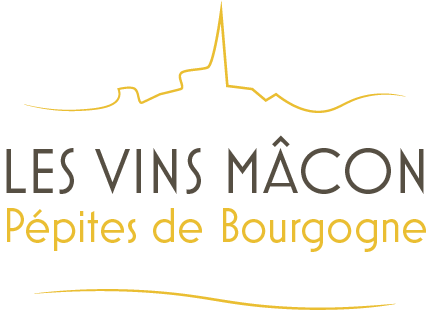Mâcon-Péronne
The wines
White wines
Mâcon-Péronne whites are a lovely gold color with hints of green. They have two distinct aromatic profiles, just like the terroir. The limestone terrain produces wines with indulgent notes of ripe summer fruit like melon and grapes. In the mouth, they are fleshy and round with good length. The flinty soil brings a more discreet intensity, more floral than fruity, with notes of aniseed, box, and rocky southern scrubland. This mineral sensation is accompanied by a vigorous attack in the mouth, but one which is no less broad for it.
Colors
Production

mâcon-Péronne
An additional geographical denomination that is part of the Régionale Mâcon appellation in the Mâconnais.
According to the 2005 specifications rules, the name Mâcon-Péronne refers to white, red, and rosé wines grown within a defined area in the villages of Péronne, Saint-Maurice-de-Satonnay, and Clessé.
Situation
In the heart of the central Mâconnais, the Mâcon-Péronne AOC is found on either side of the Bicheron river. The vines on the western slope at Saint-Pierre-de-Lanques run alongside the first plots of Mâcon-Lugny, while to the east, the vines are planted on the first western slope of the Viré-Clessé range.
Sheltered from the heights of the Montagne de la Péralle and the Mont de la Péralle, the ancient Villa Petrona (“petra” meaning “stone”) enjoys special access thanks to the transversal path of the Roman road linking Mâcon to Autun via Saint-Gengoux-le-National, another Cluniac site. Indeed, the very name of Saint-Pierre-de-Lanques and the keys of the apostle, heaven’s gatekeeper, engraved on stones preserved in the village, are clear reminders of the presence of the monks. Mentioned in the 12th century when it was ranked as a deanery, the agricultural estate of Péronne provided supplies to the monastery of Cluny, through beans, bread, and wine for the month of November. In 1070, the powerful sires of Bâgé in Bresse negotiated an annual payment of five muids of wine (each containing around 550 liters) in exchange for their military protection of this strategic land.
Terroir
Level 1
Looking down over the valley of the Bicheron river, with its cold, damp land, the sunny slopes of Péronne are open to climatic phenomena from the south, those from the north being held back by the wooded hilltops of La Croix Sainte-Barbe at 442 meters above sea level and La Grosse Roche at 420 meters above sea level. The vines on the western slope between Saint-Pierre-de-Lanques and Saint-Maurice-de-Satonnay face the rising sun, while those on the hillside of Péronne to the east mainly face the setting sun.
Level 2
From west to east, the vines grow on clay and conglomerate, sand and loam from the Pliocene, laid down between 2-5 million years ago, from the basin of Saint-Maurice-de-Satonnay. From the hillside of Saint-Pierre-de-Lanques to the hamlet of Champagne, as in the lieu-dit of Chassigny, these clay and flint formations are one of the peculiarities of this terroir with its loamy non-limestone soil. Here, the vines’ roots go down deep. On the other hand, the hillside of Péronne offers a more usual substrate of pebbly marl-limestone from the Lower Jurassic, some 200 million years ago.

